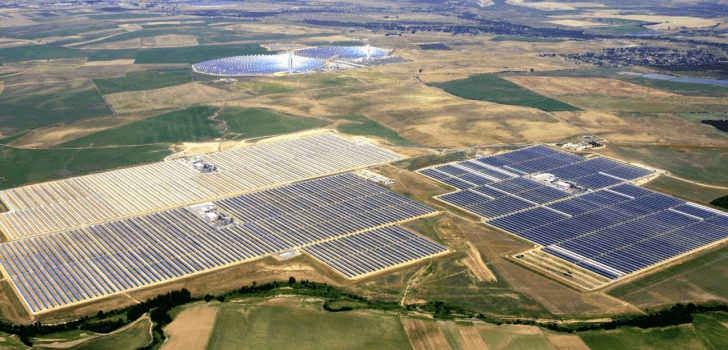While most people do not associate renewable energy with developing countries, that might not be the case in the near future. Just like the boom of mobile phones in emerging markets in recent years, renewable energy sources are soon expected to flourish in the developing world. Simply put, the developing world is very quickly catching up to wealthier countries in terms of renewable energy.
The signs are already being seen, as currently more than half of the world’s annual investments into environmentally friendly energy sources are coming from emerging markets rather than the wealthy nations of the world. Indeed, the role of developing countries in establishing new sources of clean energy is increasing, while the role of wealthy countries is leveling off. The wealthy countries can only expand so much, while the developing world still has room to grow.
The world as a whole is currently adding more capacity for clean energy than all non-renewable sources combined. Needless to say, bringing clean energy to developing economies is critical in order to expand renewable energy. The developing world really is the next frontier in this regard.
Last year, developing countries put $126 billion into clean energy. This was up 39% from 2013. In particular, China added more clean energy than the United States, the United Kingdom and France combined. In total, China added 35 gigawatts of clean energy last year.
India could be the next major market for renewable energy, as the country has said they plan to add 175 gigawatts of clean energy by the year 2022.
Many emerging economies have the necessary natural resources for wind, solar and hydroelectric power. And with batteries for large-scale energy storage continuing to decline in price, it’s no surprise that developing countries are starting to take advantage of their surroundings.
Traditional fossil fuel sources of energy are still the cheapest forms of energy, and they are more reliable. This is especially true for wind and solar power that require favorable weather conditions. For now, coal and natural gas will still be needed in order to provide energy for the developing world. That being said, this is quickly changing, as renewable energy is becoming ever more viable. It won’t be many years before non-renewable energy is largely a thing of the past.
Stay Connected